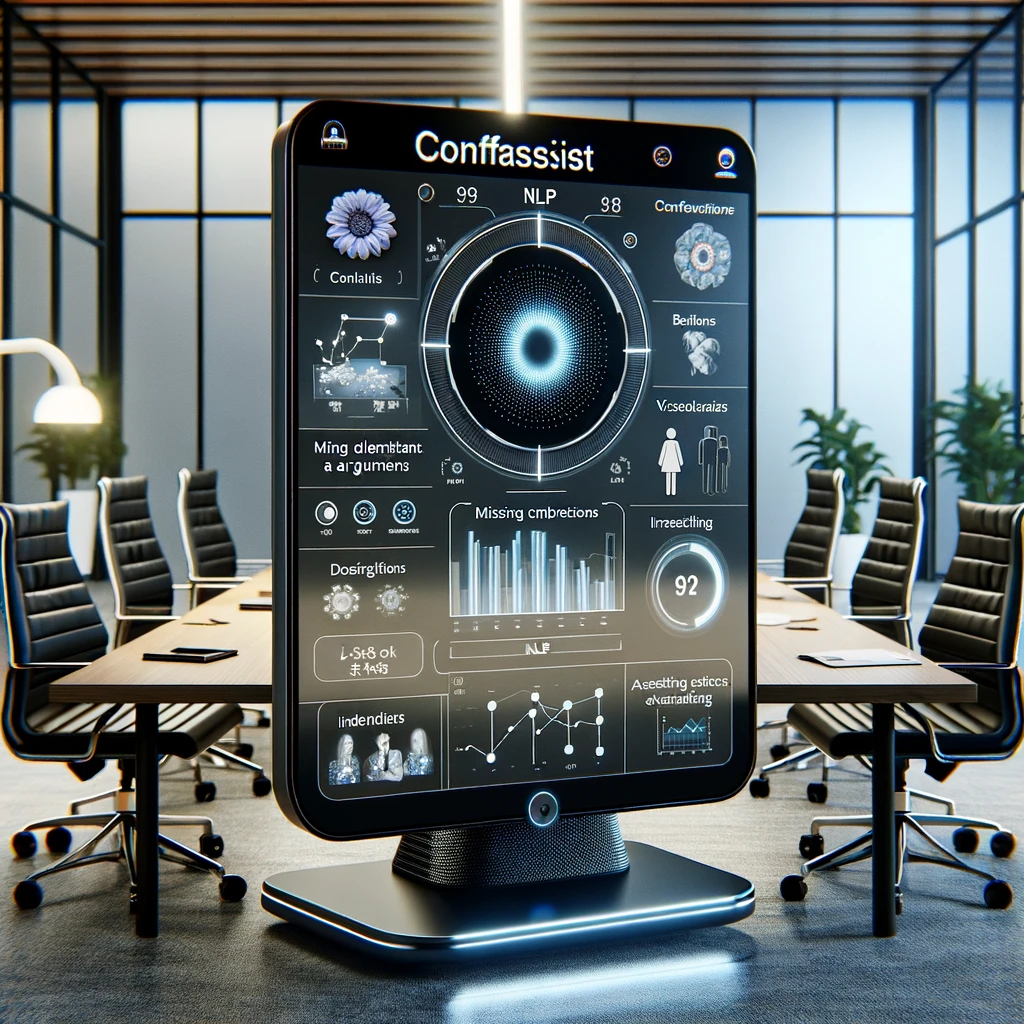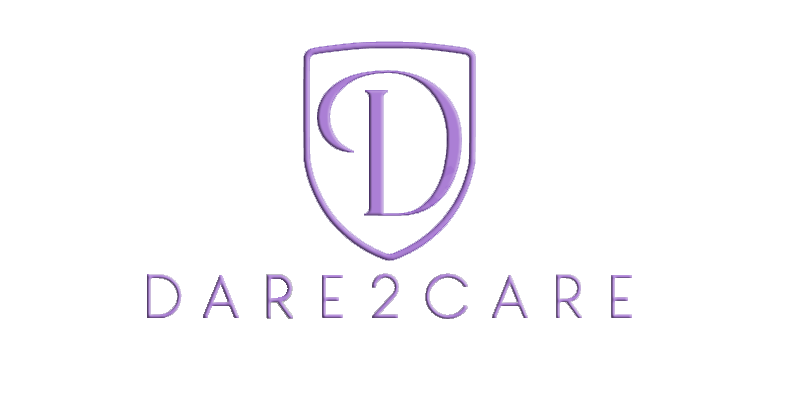About the Project
The ConfAssist, is a smart assistant tool designed to enhance the effectiveness of video conferences. Its core function is to convert speech to text in real-time, leveraging advanced Natural Language Processing (NLP) techniques to dissect and analyze the core concepts articulated by each speaker. This analysis distinguishes between dialogues and monologues, providing users with a comprehensive summary of their speech, group discussion insights, and in-depth analyses of speech concepts. Key features include identifying missing elements in arguments, highlighting contradictions, and assessing the logic and strength of each participant’s contributions.

There Are Some Shortages…
The ConfAssist Project addresses several challenges encountered in the context of video conferencing and digital communication
Loss of Valuable Insights
Participants often miss crucial points while trying to take notes, leading to a significant loss of valuable information.
Language and Accent Diversity
Global meetings encounter challenges in effective communication and understanding due to the diversity of languages and accents.
Poor Real-Time Analysis
Existing solutions fail to provide real-time, automated, and comprehensive analytical tools for speech and presentations, limiting effective communication in international settings.
Non-accurate Speech Transcription
Current technologies often fall short in accurately transcribing speech for non-standard accents, affecting the inclusivity and effectiveness of communication.
Difficulty in Retaining Information
Difficulty inretaining and comprehending extensive information shared during meetings is particularly pronounced in lengthy or complex meetings, where manual note-taking is inefficient.
Accessibility for Hearing Impairments
Ensuring that video conferences are accessible to everyone, requires sophisticated speech-to-text and language processing tools.
And Here Is the Solution…
ConfAssist aims to solve the identified problems through a combination of advanced technologies and methodologies:
Speech-to-Text Conversion
Utilizing cutting-edge speech recognition technology to accurately transcribe speech in real-time, accounting for various languages and accents to enhance understanding and retention of meeting content.
NLP-Based Analysis
Implementing NLP techniques to dissect and analyze conversations, differentiate between dialogues and monologues, and extract key concepts, thereby enabling users to grasp the essence of discussions without manual note-taking.
Real-Time Analysis
Offering a text-based interface that provides real-time summaries, analysis, and feedback to users, helping to identify missing elements in arguments, highlight contradictions, and assess the logic and strength of contributions.
Screen Content Analysis
Developing algorithms capable of analyzing shared screen content and linking it to what the speaker is discussing, ensuring a comprehensive understanding of presentations.
Accessibility Features
Addressing the needs of non-native speakers and individuals with hearing impairments by providing real-time textual content, thus making video conferences more accessible and inclusive.
User Interface Integration
Crafting an intuitive interface that seamlessly integrates with existing video conferencing tools, ensuring that the tool is user-friendly and does not disrupt the natural flow of meetings.
Voice Command Activation for Automated Participation
Integrating a bot into video call software that can be activated by voice commands to perform various functions, such as note-taking, summarization, and logic analysis, thus facilitating automated participation in discussions.

